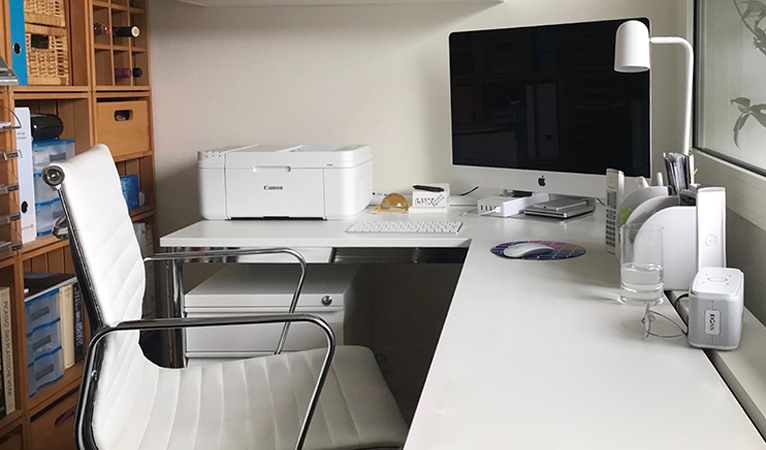Bronze Tube Fittings

JIC fittings and tube fittings are commonly used in fluid piping systems to connect and control the flow of liquids and gases. Both types of fittings are designed to provide a reliable and secure connection between pipes and components. However, there are key differences between JIC fittings and tube fittings that must be considered when choosing the right type for a specific application. In this article, we will explore the characteristics of JIC fittings and tube fittings, including the materials they are made from and their respective advantages and disadvantages. By understanding the differences between these two types of fittings, engineers and technicians can make informed decisions when selecting the right fitting for their specific needs.
JIC fitting vs tube fittings
JIC fittings and tube fittings are two types of fittings used in fluid piping systems to connect and control the flow of liquids and gases.
JIC fittings, also known as SAE J514 fittings, are fittings that are designed to meet the standards of the Society of Automotive Engineers (SAE) and are commonly used in high-pressure hydraulic systems. JIC fittings have a 37-degree flare at the end and are designed to be used with flared tube connections. They are made from materials such as carbon steel, stainless steel, and brass, and are available in a variety of sizes and configurations to meet the needs of different applications.
Tube fittings, on the other hand, are fittings that are designed to be used with un-flared tube connections. They come in a variety of materials, including brass, stainless steel, and aluminum, and are available in different types, such as compression fittings, push-to-connect fittings, and threaded fittings. Tube fittings are commonly used in low to medium-pressure fluid piping systems and are known for their ease of installation and versatility.
In conclusion, JIC fittings and tube fittings are both useful components in fluid piping systems, but the choice between the two will depend on the specific needs and requirements of the application, including fluid type, pressure, and corrosiveness, as well as cost and availability. It is important to select the right type of fitting for a specific application to ensure a reliable and secure connection that will withstand the conditions of the system.
What are Bronze Tube Fittings?
Bronze Tube Fittings are fittings made from an alloy of copper and tin, typically with a small amount of lead and zinc, which makes them highly durable, corrosion-resistant, and heat-resistant. These fittings are commonly used in water and oil pipelines, air and gas lines, and hydraulic systems.
What are Aluminum tube fittings?
Aluminum tube fittings are fittings used in fluid piping systems to connect and control the flow of liquids and gases. These fittings are made from aluminum, a lightweight and corrosion-resistant metal that is well suited for use in certain corrosive environments where other materials may not be suitable.
Aluminum tube fittings are available in different types, such as compression fittings, push-to-connect fittings, and threaded fittings. They are designed to be used with un-flared tube connections and are known for their ease of installation and versatility. Aluminum tube fittings are commonly used in low-pressure applications, such as water and air lines, and in corrosive environments where other materials may not be suitable.
In terms of advantages, aluminum tube fittings are lightweight and corrosion-resistant, making them ideal for use in harsh environments. They are also relatively easy to install, making them a popular choice among engineers and technicians.
It is important to note, however, that aluminum tube fittings may not be suitable for use in high-pressure applications, as aluminum is not as strong as other materials and may not be able to withstand high levels of stress. Additionally, aluminum tube fittings may be more expensive than other types of fittings, such as brass or stainless-steel fittings.
In conclusion, aluminum tube fittings are a useful and versatile component in fluid piping systems, providing a reliable and secure connection for low-pressure applications in corrosive environments. When selecting aluminum tube fittings for a specific application, it is important to consider the specific requirements of the system, including fluid type, pressure, and corrosiveness, as well as cost and availability.
There are many aluminum tube fittings suppliers available, both locally and globally, and it is important to do research and compare different suppliers to find the right fit for your specific needs and requirements.
Bronze Tube Fittings vs brass
Bronze tube fittings and brass tube fittings are two types of fittings used in fluid piping systems to connect and control the flow of liquids and gases. Both materials are commonly used in the production of tube fittings, but there are key differences between the two that must be considered when choosing the right type of fitting for a specific application.
Brass is an alloy of copper and zinc and is commonly used in tube fittings due to its strength, durability, and resistance to corrosion. Brass fittings are widely available and relatively inexpensive, making them a popular choice for low to medium-pressure fluid piping systems.
Bronze, on the other hand, is an alloy of copper and tin, and is known for its corrosion resistance, particularly in corrosive environments where brass fittings may not be suitable. Bronze fittings are also stronger than brass fittings and are better suited for use in high-pressure applications.
In terms of disadvantages, bronze fittings are typically more expensive than brass fittings and may not be as widely available. Additionally, bronze fittings may be more difficult to work with, as they are harder and more brittle than brass fittings, making them more challenging to install and manipulate.
In conclusion, JIC fittings and tube fittings are both useful and versatile components in fluid piping systems. The choice between the two types of fittings will depend on the specific needs and requirements of the application, including fluid type, pressure, and corrosiveness, as well as cost and availability.
RECOMMENDED FOR YOU
What are the advantages of the best infant car seats?
July 20, 2024









